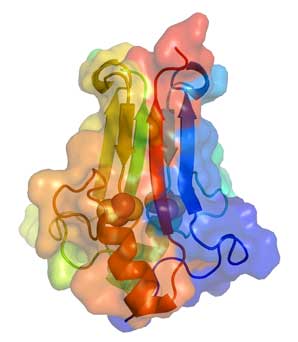Mark Paddock, Ph.D University of California, San Diego
I am a lecturer in the Department of Physics at the University of California, San Diego (UCSD). I am now focussed on working on physics content for the introductory life science physics classes as well as introducing modern pedagogy to promote student engagement during lecture time. I pull from my previous research experiences to include medical and life science examples of how physics applies to biological studies and mecdical technologies. Over the past 10 years I have added to my lectures numerous examples and links to biology and chemistry. I continue to add more and incorporate some of these ideas the future editions of Principles of Physics by Serway and Jewett (Cengage Learning).
My previous research included studies on photosynthesis and mitochondrial functions, the powerhouses of plant and human systems. I obtained my PhD in the laboratory of Prof. George Feher and Prof. Melvin Okamura at UCSD, initially working on developing a genetics system for the purple non-sulfur bacteria Rhodobacter sphaeroides. This was my first direct link between biology and physics.

Mitochondria are known as the powerhouses of cells that perform respiration, the process in which nutrients are converted to usable energy in the cell. My interest in that area was been on the physical and biochemical investigations of a new class of iron-sulfur proteins that contain a CDGSH iron sulfur binding domain. Early studies showed that a human CDGSH protein was a mitochondrial target of the thiazolidinedione type II diabetic treatments and hence was given the name mitoNEET where mito refers to its mitochondrial association and NEET was part of the protein sequence. A second human family member was shown to be associated with a neurological disease called Wolfram Syndrome 2 and its knockout in mice lead to a decreased lifespan and other neurological and skeletal problems resulting in a lower quality of life. Having established that the protein structures are novel, containing uniquely coordinated 2Fe-2S centers with unique properties of these proteins, which include EPR investigations of the coordination of the 2Fe-2S redox centers. These studies provide yet another example of a direct link between physics and biology.
Department of Physics 0319
9500 Gilman Drive
University of California, San Diego
La Jolla, CA 92093-0319
email:mpaddock@ucsd.edu
phone: (858) 534-2504